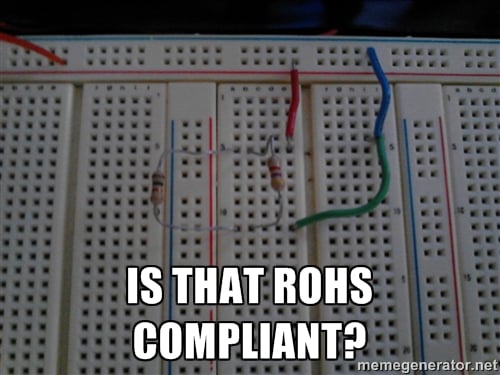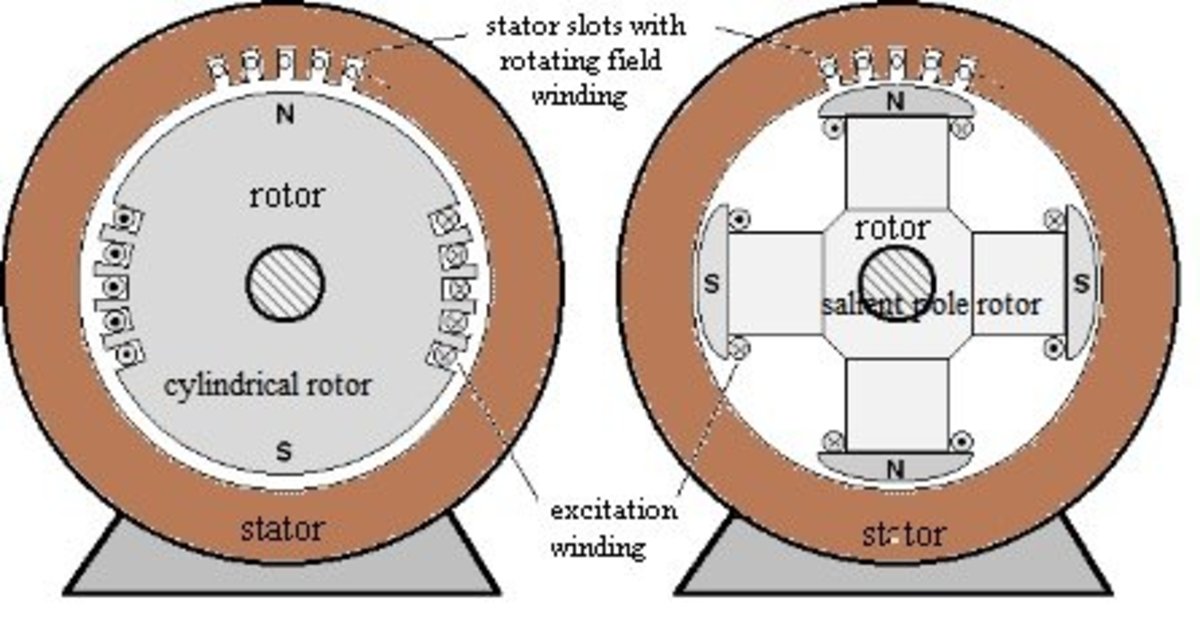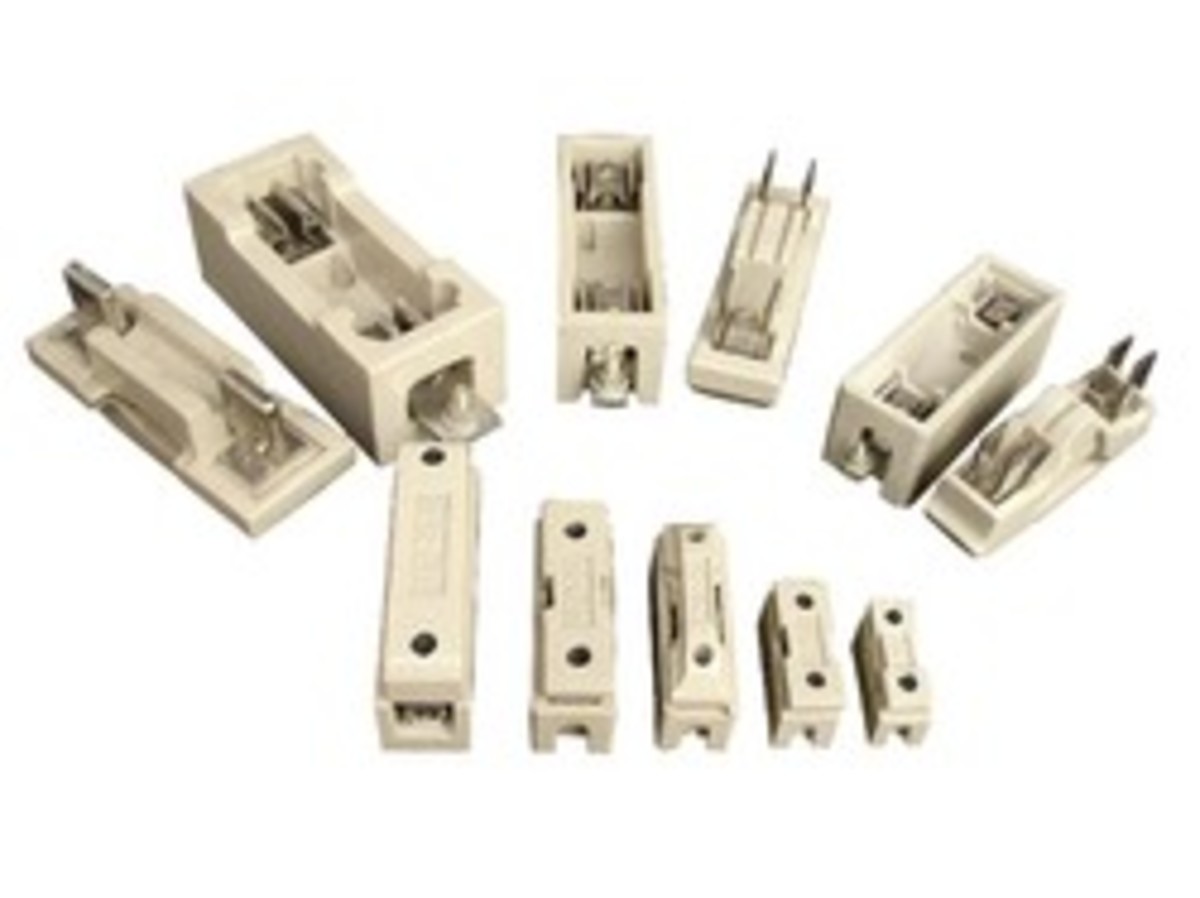Engineering in the Real World: What They Don't Teach You in College

When I graduated from college, I had a bold vision in mind of what I would be doing as an Engineer in the real world. There I stood in my dreams, wearing a white lab coat, schematics scattered about my lab bench, highlighted in the center by some electronic gizmo with flashing LEDs. I would raise this ground breaking product above my head and with great pride announce to the world that I had effectively altered the course of society. My bosses would write me a comically large check on a three foot piece of cardboard and I would then ride off to the moon on a rocket bike, sacks of money overflowing at my sides.
Then I got hired in the technical field and worked my way up to becoming an actual Engineer.
. . . and I also watched the movie “Gravity” and got freaked out about being in space.
Let’s go on a hypothetical adventure together (which, 90% of the time this is not hypothetical and 99% of the time it is not an adventure in the least bit.) You work for a company sized somewhere between twenty employees and a million. You are also a part of the team tasked with developing a brand new circuit board for product Y, the literal name of a product that is named one letter higher than the competition’s product X (the Y conveniently also asks the question on everyone’s mind.)
At first you wonder why you are making product Y in the first place, considering that the market for the product has been decreasing steadily while the competition (remember, product X) are already working on product Alpha. Everyone knows the Greek alphabet is far more intense than the English version! Gosh the competitor is so trendy! Why can’t we make products like the ones they bring out!? Your coworker, a gentleman who has worked for the company for thirty years (a.k.a. ‘a lifer’) gently reminds you that your company created that market and that product. This is his kind reassurance that, at one point, your company wasn’t always five years behind in terms of technology and customer desires. It is also noon and, regardless of the problem, engineers break for lunch at noon, on the dot. No matter what.
In either case, you weren’t hired to do market research and, quite frankly, you’re just a ‘know-it-all’ Engineer. Plus, if the mega-conglomerate who bought out your little company had wanted to build some other sort of widget, they would have bought a company who already made widgets. No, they bought you because they want you to keep making Product Y and whatever Sans Serif successors it might have in the same market. You hang your head in shame and go back to your cubicle, lined with reference books that you sometimes look at but mostly just use to fill up extra space. One Grainger catalog, in particular, takes up half of your desk.
With the flow-chart that your manager has bestowed upon you, you begin work on the circuit board. After two days, you’ve come up with a board that does exactly what is required for Product Y. Piece of cake. A ground plane here. A via there. Some test points so that the Test Engineers don’t cry about having to solder wires. Done. You take the board concept to your manager and smile, knowing you’ll get that quarter’s “You’ve made a difference” award. Now Jerry, in the cubicle next door, won’t be able to flaunt his glass figurine that he received last quarter.
But alas, your manager has some questions regarding your work. He asks you to humor him and opens the following dialog:
“Have you used only components that are already in our inventory? From sources we already do business with? OK, good . . . well, except for this fuse assembly. This fuse assembly, here, comes from XiaoDing and they’ve really upset us so we can’t use their stuff anymore. Instead we’re going with DingXiao. As a point of reference, their customer codes are 12345XD67890 and 12345DX67890, respectively, so you shouldn’t ever confuse the two. We’ve tried to make things as clear as mud, in this case.
And that capacitor you’ve chosen! It is a single-source component that ships out of Italy and requires a minimum order quantity of 50000 parts. Our estimated annual usage is far below this and we cannot keep inventory on hand. Remember, we’re trying to reduce costs.
Did you even think of the compliance requirements? The Europeans release a new regulation, everyday, promptly at 10AM., and you need to be well aware of what is coming down the line. RoHS isn’t just some silly throwaway regulation! REACH is not like RoHS but just as important. What about RoHS 2? Are you even thinking about the sequel!? Whatever components you pick out, they’d better all meet these specifications!
And although we are marketing this product as industrial use only, we’ve already promised to ship five hundred units to a commercial sector customer (and another ten thousand as a subassembly to residential equipment.) Sorry about that. A sale is a sale is sale, am I right? With that being said, whatever electromagnetic noise limits you were using, we need to instead choose the strictest ones available and test to that. I probably should have told you this in the early stages of the design instead of waiting until we’ve already got ten prototypes built with a launch date of this Friday (which actually means last Thursday.) I understand your concern that you can’t implement a bunch of EMI changes without adding cost but . . . do it anyway. We already submitted the ROI and three-year forecast on these puppies!Plus, I’m not sure if our board makers in middle-of-nowhere Asia have the tooling prepared for this. After all, this is a new board size and shape so we’ll have to see what is available.
Back to DingXiao, for a minute . . . I think Jerry said that they let go all of their workers and replaced them with new people. Quality issues will likely pop up from time to time for the first year or five of product Y’s lifetime. They don’t solder by machine – everything is done by hand and checked by a guy at the end of the line with a marker. He was let go, too.Come to think of it, they might even use lead solder. We’ll have to look into this. By ‘we’ I mostly mean ‘you.’ If they are using lead-based solder, we’ll have to find another source – and quick! Remember, the release date for our prototype build is this Friday and those milestone graphs mean everything! Since you’re already trying to find a second source for the capacitor, finding a second source for the fuse assembly shouldn’t be too bad.”

You go back to your desk and begin to cry. . . but quickly remind yourself that you need to order the parts for the prototype build so that they can make it into work on time. Not such a simple task, considering you’ve been stopped by another department manager to go talk to a distribution rep who is sitting in the front lobby. You put on a fake smile and happily go to meet with the salesman.
After an hour and a half of talking about solutions you don’t need to problems you don’t have (amongst other things like ‘golfing’,) you return to your desk with three calendars, a stress ball, and five pens. Two of them have already bled on your shirt. Looking at your Microsoft Outlook calendar, you see that you’re late for a meeting across the building. You quickly grab your Composition notebook – page after page filled with scribbles, calculations, and notes that you believe are important but no longer have any clue what they reference – and run to the meeting room. Once you arrive, you find that nobody is there.
As you begin your walk back to your office cubicle, the safety manager pings you for a random audit. After inspecting your attire to ensure you have on safety goggles and steel-toed boots, he begins to ask you arbitrary questions unrelated to your job (or anyone else’s, for that matter.) Finally, needing something to criticize, he suggests you find a more ergonomic way to plug in your power meter into the outlet, located inches from the ground. Without using your toes, you’re not certain what he means.
Returning to your desk, you can’t quite remember what you were working on or what your boss even told you to do. You do remember that it had something to do with your new board . . .
Which is when Tom, the mechanical engineer in charge of the project, shows up at your cubicle.
”This design isn’t going to work. You’ve got the mounting stud located at the upper right corner, right where we’re running a double-pull switch. There is space to move the switch to the left but then we’d have to move the light pipe for the LED which would then bump down the serial cable port. Who knows what the compliance guys will think of that. Plus it would take forever to change all of that in CAD so let’s just fix your board since it hasn’t been released yet. Thanks!”
But no, moving that mounting hole isn’t so simple. In fact, the way you’ve got the plains of the board mapped out, you’d have to redo the entire thing.
Realizing that it is now four o’clock and time is running out, you begin work on your board. First, you spend thirty minutes trying to see if you can utilize any of your old design. Once it becomes apparent this will not work, you scrap the whole thing and start over. An hour passes and you are now half-way finished with your new work of art.
Suddenly you hear a gentle tapping on your cubicle wall. It’s the component engineering folks and they’ve arrived with bad news. The IC chip you’ve picked out isn’t available for seven weeks because of some bizarre and totally unrelated problem such as a milk shortage in Germany. The distributors have nothing in stock but are offering a similar chip in two weeks’ time. Its only double the footprint and twice as slow. They apologize and head out the door with their coats on. For the first time in an entire day, out of pure disgust, you put your head down on your desk . . .
Which is about the time when your boss stops by to see how much progress you’ve made. “Taking a nap?” he jokes, as he forever remembers that moment and etches it down in his mind for your annual review. You complain about the project a little bit but you can tell that he is as apathetic as you by this point. He wraps up the conversation by saying “Oh man, sounds tough,” and then adds, “Keep at it. You’ll get it!”
You leave work that evening uncertain if you’ll be fired that Friday when you don’t deliver on the goods. You’re tired, though, and head out, regardless. You don’t sleep much that night, thinking over and over on how to rework the board in a way that utilizes limited resources, poor quality craftsmanship, abundant components, and works per mechanical, environmental, and compliance requirements. All while limiting costs.
You wake up after ‘sleeping’ for two hours and head back into work, still unsure of what it is you are going to do. You sluggishly pour a cup of coffee, take a seat in front of your computer and open your e-mails, prepared to read an entire night’s worth of unintelligible questions from Asia that will take up the better half of your morning to answer.
But lo, what is this? An e-mail from the VP of Engineering wherein he states that the project has been cancelled and that all resources will be split up on three new projects. Oh, sweet insanity, how you have once more saved me from the nightmare that you created in the first place!
And so the cycle repeats. Forget the math, the physics, and the scientific method. They are secondary to scheduling, cost, and logistics.
Engineering humor aside, THAT is Engineering In the real world.
- How Baking A Motherboard in the Oven Worked for Me
- Why Use An EMF Meter When Ghost Hunting?
Ghost hunters like to implement EMF meters in their investigations but the reasoning behind their use, and the validity of the results, leave something to be desired.








